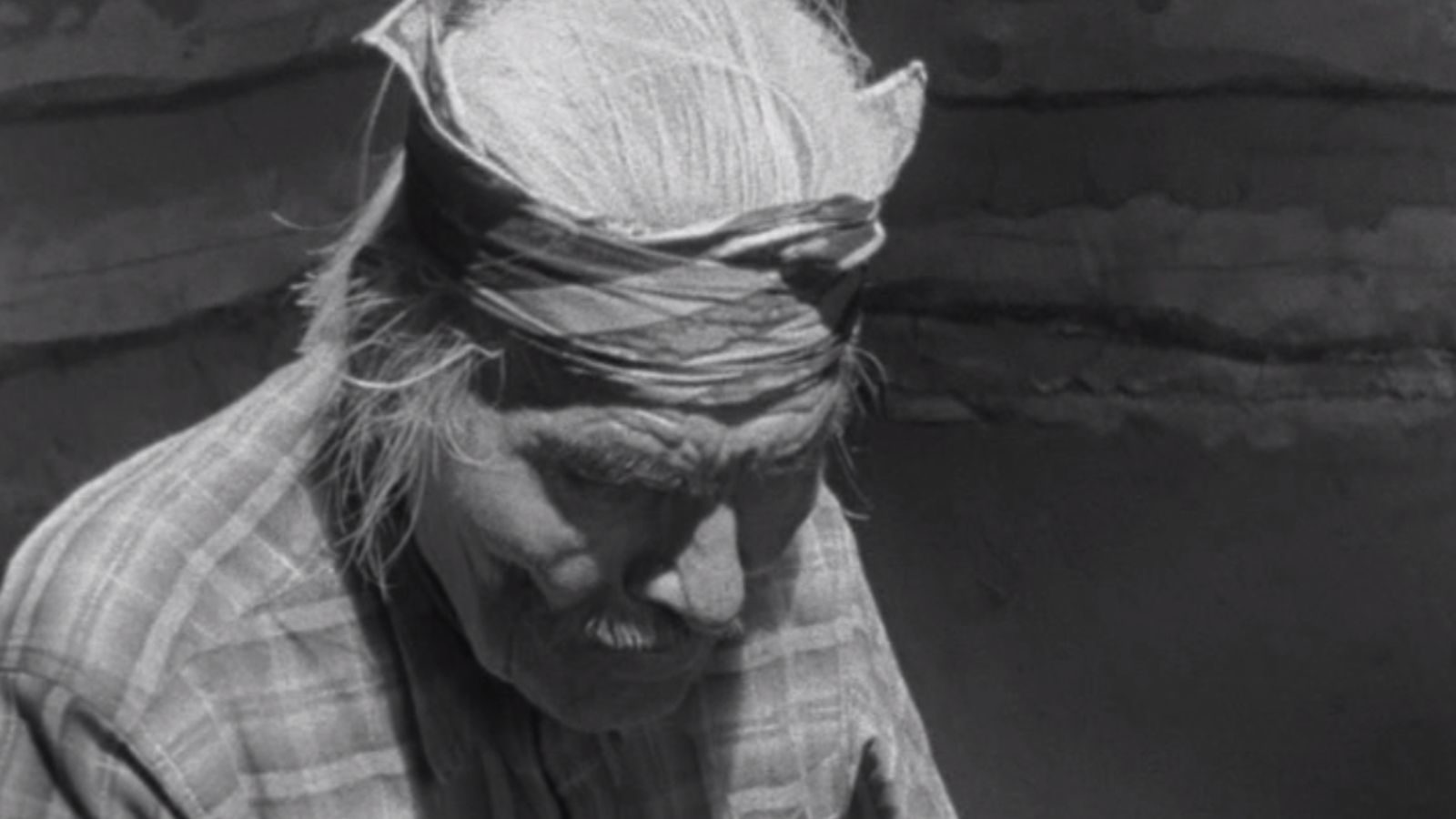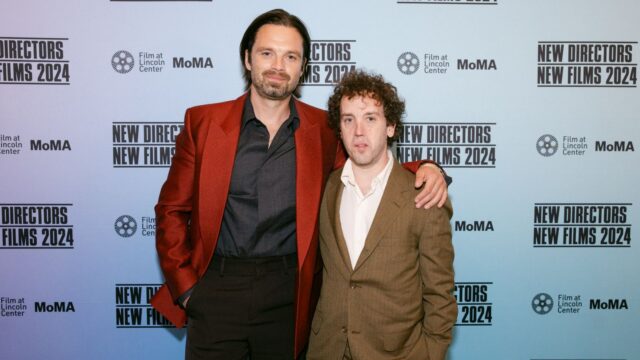Amos Vogel Program 6: Personal Cinema

The Spirit of the Navajo.
Cinema 16 came to a close in 1963. That same year Vogel co-founded the New York Film Festival with Richard Roud, and, as the head of Lincoln Center’s film department, laid the groundwork for the FLC of today. For our tribute, we’ll be highlighting a number of works that were presented during Vogel’s tenure at the festival, each of which reflects, in different ways, his long-standing preoccupations as a programmer.
The Amos Vogel Centenary Retrospective is sponsored by:
![]()
The New York Film Festival, 1963-1968
Personal Cinema, 1968
1968 marked Vogel’s final year of overseeing the NYFF, and, as with the festival’s previous iterations, many remarkable (and even today underappreciated) works were selected. One program in particular from that edition stands out. Dubbed “Personal Cinema,” it included several key examples of how the medium was being democratized, with the camera made accessible to those who had previously enjoyed limited or no access to the tools of production. In The Jungle, members of North Philadelphia’s 12th & Oxford Street gang dramatize the internal workings of their group, and, in so doing, put forward a vivid, unvarnished image of urban life in America, while Jaime Barrios’s Film Club showcases the activities of a storefront workshop that allowed Puerto Rican teenagers living on the Lower East Side to make their own movies. In The Spirit of the Navajo, Mary J. and Maxine Tsosie likewise drew from their own community, here focusing on their grandfather, a well-known medicine man, as a way to document the traditions of their tribe in their own style, on their own terms.
The Jungle
12th and Oxford Street Film Makers, 1967, USA, 35mm, 22m
35mm preservation print courtesy of the UCLA Film & Television Archive.
Film Club
Jaime Barrios, 1968, USA, 16mm, 26m
The Spirit of the Navajo
Maxine Tsosie and Mary J. Tsosie, 1966, USA, 16mm, 21m
Print courtesy of The Museum of Modern Art.









